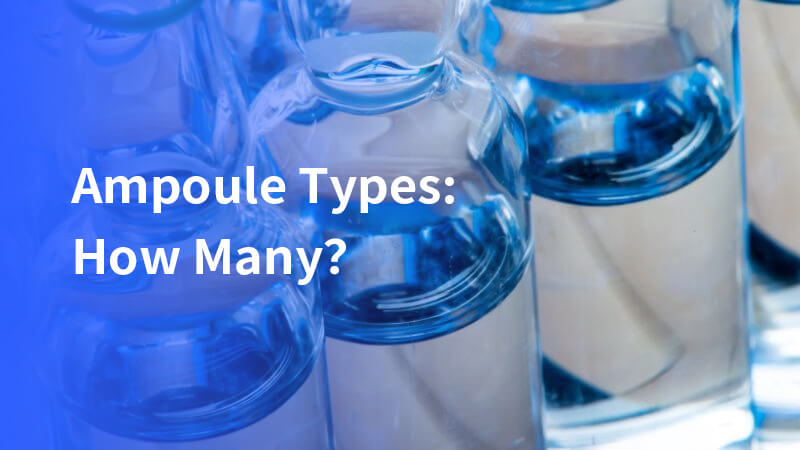Ampoule types are important for different jobs in factories. Many people new to the pharmaceutical or cosmetic industry may not know about the different ampoule types and their uses.
Today, we will talk about ampoule types in 5 ways. Having many types of ampoules helps meet the needs of different products.
By neck shape
Ampoules have different neck shapes made for special uses. The neck shape helps with sealing and how it is opened.
Straight neck ampoules
These ampoules have the same neck size. They are easy to break and are good for liquid medicines.
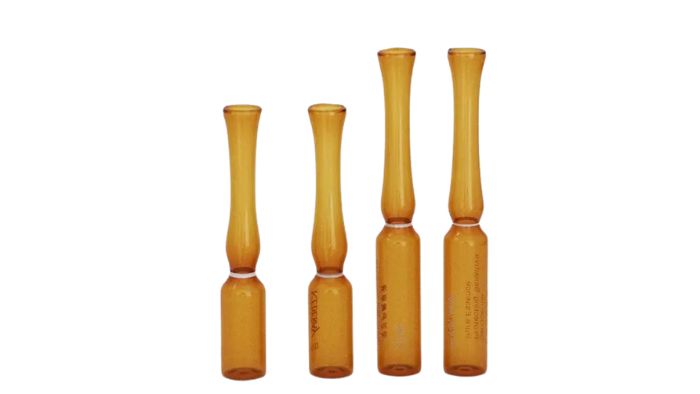
Funnel neck ampoules
These ampoules have a wider top. This makes them easier to fill and seal. They are good for products needing exact amounts.
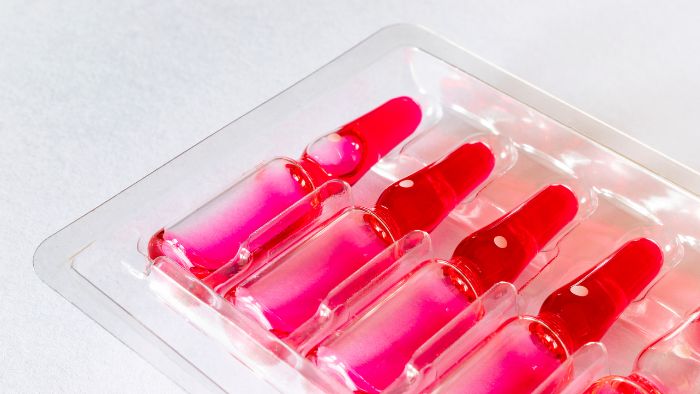
By pre-scored breakpoint
Many ampoules have a pre-scored break point for safe opening. A score ring is a small groove around the ampoule that helps it break cleanly.
Here are different types of ampoules based on their break point:
One-point cut (OPC) ampoules
These ampoules have one scored line. This helps them break cleanly, reducing product waste and keeping users safe.
Color break ampoules
These ampoules have a colored ring at the break point. The ring helps guide the user and makes it easier to see.
Snap-off ampoules
These ampoules have a narrow part near the top. You can snap them open with a little pressure for quick access.
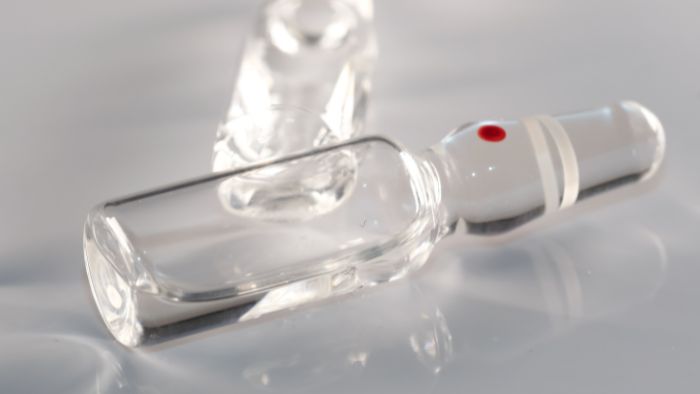
By manufacturing processes
Glass containers like ampoules keep medicines clean and safe. How they are made affects where they can be used in medicine and labs.
Form B ampoules
Form B ampoules are easy to snap open quickly. They are used in places where speed is important. These ampoules don’t need extra tools to open. Form B ampoules are also called closed ampoules, made for machines without cleaning or drying steps.
Form C ampoules
These ampoules have a color mark to show where to break. The color helps people see where to open it safely. Form C ampoules are made to be safe without breaking easily. They meet ISO 9187 standards to keep the quality the same.
Form D ampoules
Form D ampoules use one-point-cut (OPC) technology. This makes them open in a clean and controlled way. They are great for keeping things safe from dirt. Form D ampoules help in filling and finishing drugs to keep them stable and accurate.
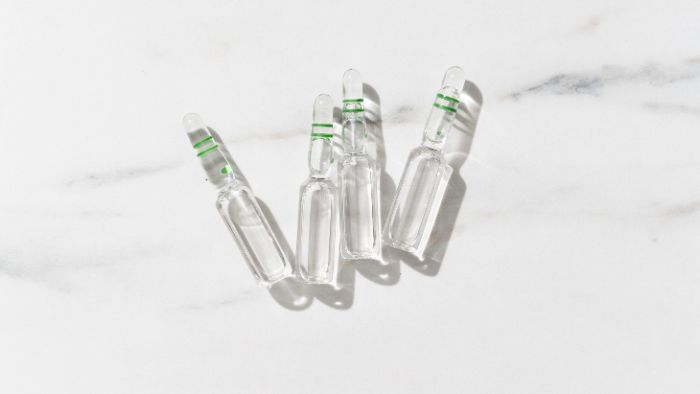
By color
Glass ampoules can also be sorted by color. These colors help keep samples pure and last longer, especially for sensitive things. The color does more than just look nice; it also protects from light. Here are the common types:
Clear ampoules
These are for things that don’t need protection from light. You can see the contents easily.
Amber ampoules
These are for things that are sensitive to light. Amber glass blocks harmful UV rays to protect the contents.
Blue ampoules
These are not as common but are used for special mixtures or for branding.
By special applications
Ampoules can be sorted by special uses to meet different needs:
Diagnostic ampoules
These ampoules hold reagents that help doctors test samples in labs.
Radioactive substance ampoules
These are made of strong, leaded glass to safely hold radioactive materials.
Vaccine ampoules
These ampoules store vaccines, keeping them clean and strong until they are given to patients.
Viallabeller offers a wide range of ampoule labeling options
After reading this article, you now know about ampoule types and labeling. Labeling is a key part of pharmaceutical production.
Viallabeller is a company that makes pharma labeling machines. We can provide ampoule labeling solutions to make your work easier.
